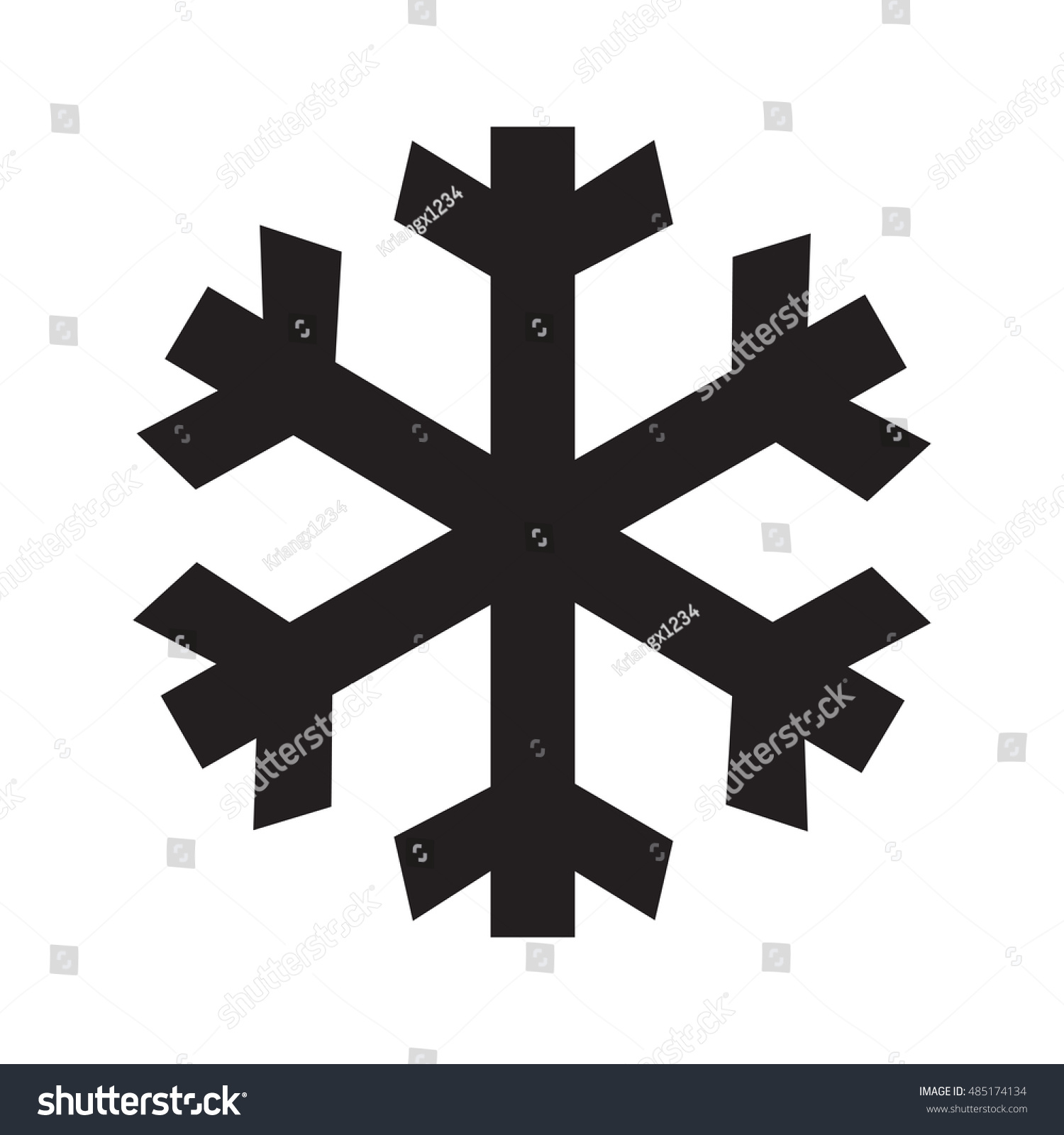Title Page
-
Site conducted
-
Conducted on
-
Prepared by
-
Location
-
Work Order Worker
Untitled Page
(T)ools, (S)afety Equipment and (M)aterials
-
Controls/electrician's tool sets
-
Cleaning materials
-
Canned smoke or incense
-
Ladder or lift
Safety Guidelines
-
The work required by this procedure may cause the activation of an alarm and/or a supervisory signal
-
Follow site safety rules and your supervisor's instructions
-
Review the system specifications, wiring diagrams, floor plans and maintenance data/manuals and NFPA 72, prior to beginning work.
-
NFPA 72, prior to beginning work
-
Report any problems you find
-
Notify staff and guests prior to starting maintenance and testing
-
Notify staff and guests at the conclusion of maintenance and testing
-
When it is both possible and safe, the environmental conditions being monitored should be altered to trigger the device
-
Check all detection devices for proper support
Maintenance Procedures
-
Inspect and test the water flow alarms (zoned)
-
Open the test drain valve to the test pipe or the drain pipe (usually located at sprinkler valve assemblies), or open the inspector's test valve (located at the end of the most remote branch line)
-
Check for proper transmission of signals from water flow paddle alarms or pressure switches. This should be done together with alarm check valve maintenance. Water flow activation should have a delay of around 45 seconds.
-
Test all valve tamper switches for proper operation. Close the valve, and observe supervisory signal at the fire panel
-
Inspect the conduit for loose hangers, straps, fittings, or boxes
-
Inspect and test the ion and photo chamber detectors (including duct type)
-
Activate the alarm with listed smoke aerosol spray or by blowing smoke near the detector
-
Test for the proper signals
-
Check the air sampling tubes for duct type. Clean according to manufacturer's instructions
-
Inspect and test the self-restoring temperature detectors
-
Increase the temperature circuit, and test for proper signals. Make adjustments if necessary (snap action or bimetallic strips). Do not exceed the detector's maximum temperature
-
Inspect and test the non-restorable temperature detectors
-
Check the tension on thermostatic cable
-
Check the continuity of circuits by use of test buttons or by mechanically completing the circuit
-
Test for the proper signals
-
Inspect and test the photoelectric beam detectors
-
Inspect for proper alignment
-
Diffuse or obstruct the light rays, and test for proper signals
-
Clean according to manufacturer's instructions
-
Inspect and test the pull station
-
Check that all pull stations initiate a fire alarm signal. Pull the handle to ensure it operates freely
-
Inspect and test the battery operated smoke and/or carbon monoxide detectors
-
Test the operation according to the manufacturer's instructions
-
Verify proper signal at main FACP
Maintenance Hours
-
Estimated time spent on Work Order
















